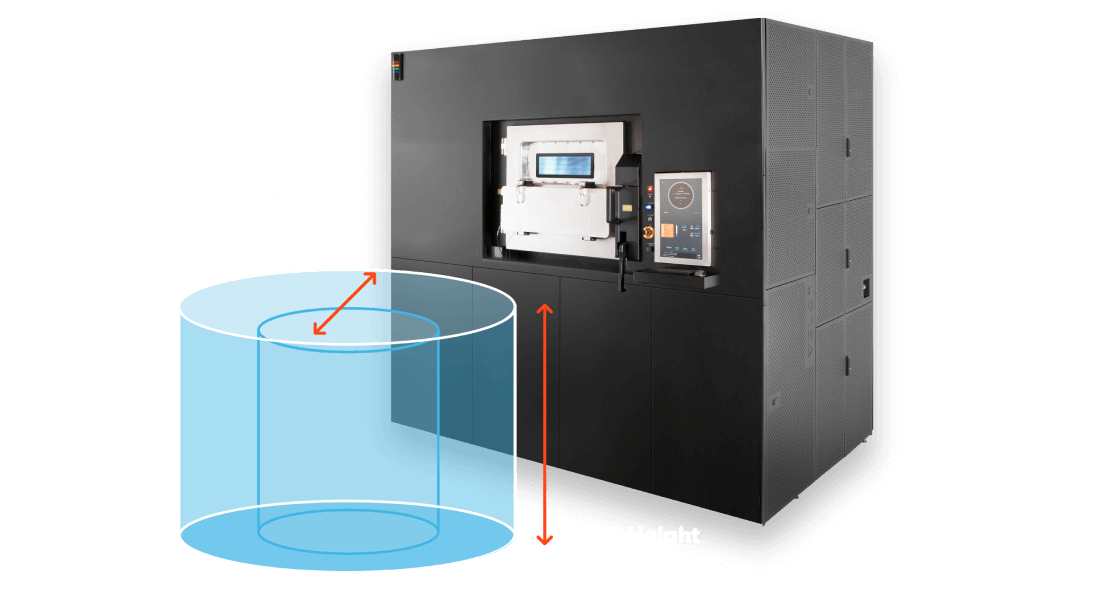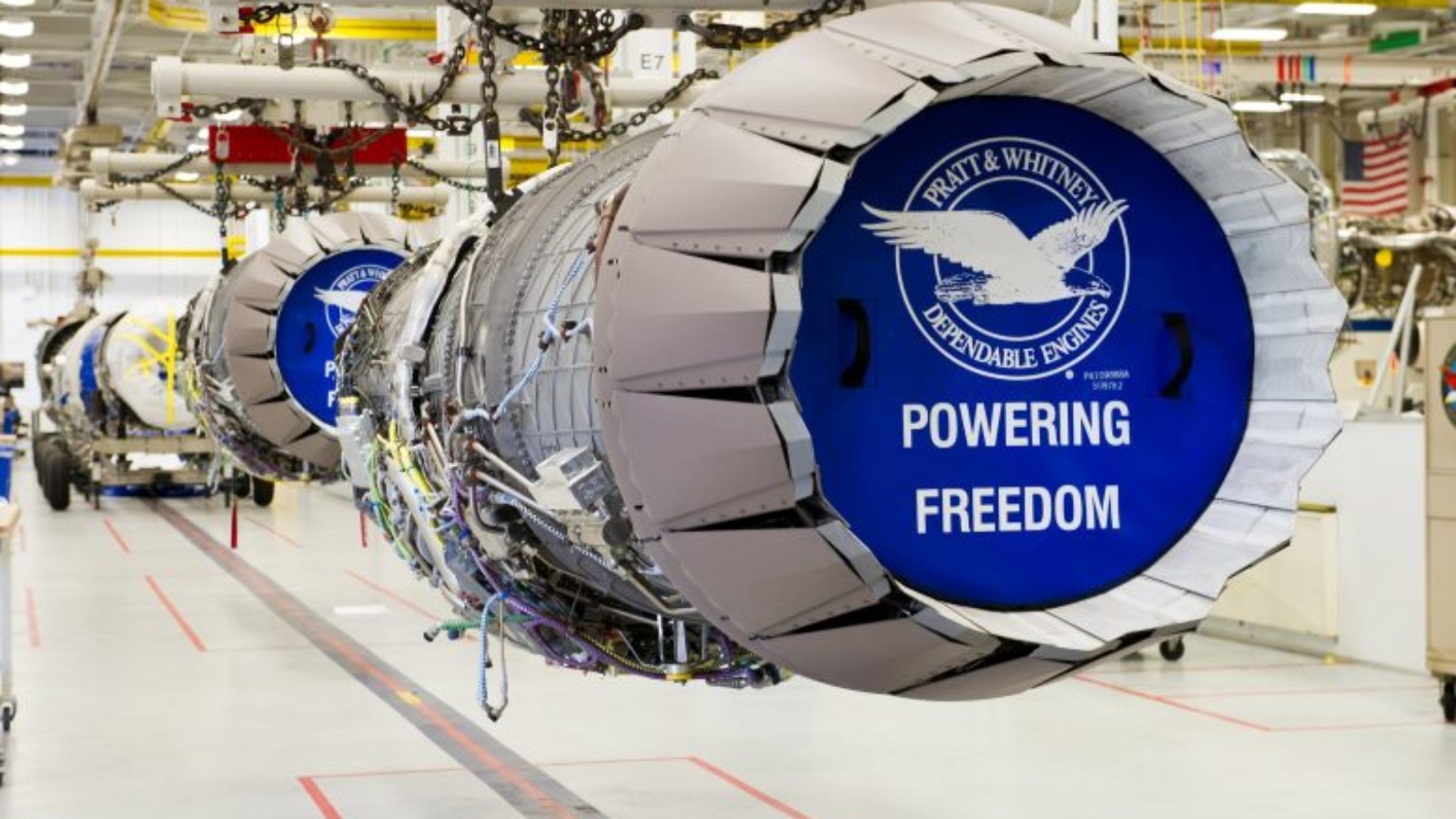Pratt & Whitney, a Raytheon Technologies business, has acquired an end-to-end solution from Velo3D, a leading metal additive manufacturing technology company for mission-critical parts,
 Pratt & Whitney’s PW610F-A engine
Pratt & Whitney’s PW610F-A engine
Pratt & Whitney and Raytheon Technologies are experienced and accomplished users of additive manufacturing technologies – with extensive knowledge across various platforms and applications. Raytheon Technologies is a launch participant of President Biden’s AM Forward initiative – a new program encouraging companies to explore the use of additive manufacturing to transform supply chains and drive innovation. Raytheon Technologies’ commitment includes seeking small-medium enterprise manufacturers’ involvement in over 50% of its requests for quotes on products manufactured using additive technologies, as well as seeking to simplify and accelerate the procurement process of AM parts.
“Metal additive manufacturing can transform aviation and space systems by delivering unprecedented part consolidation, lighter-weight components, and more efficient systems,” said Benny Buller, Founder, and CEO of Velo3D. “We’re pleased to see Pratt & Whitney move forward with their own Sapphire XC printer. We’re eager to see how they innovate their most mission-critical designs using our end-to-end solution, and how the economies of scale of an in-house system help increase addressable use-cases.”
Manufacturing on Demand
“Pratt & Whitney looks forward to future applications using the Sapphire XC printer, and collaborations with other potential suppliers with the Velo3D capability, for Pratt & Whitney GTF and advanced engine programs,” said Jesse Boyer, fellow, Additive Manufacturing, Pratt & Whitney.
Pratt & Whitney’s new Velo3D Sapphire XC printer is calibrated to print in Inconel 718, a nickel-based superalloy well-suited for extreme temperatures – necessary for the production of jet engine components.

The Raytheon Technologies Research Center is the company’s central innovation hub where engineers, scientists, and researchers explore and develop new, transformative technologies. The center provides Pratt & Whitney’s businesses with groundbreaking innovations and solutions to critical customer problems in a wide range of research areas, including complex integrated systems, advanced materials and manufacturing, autonomy-enabling technologies, electrification, and sustainability.
This is made possible by Velo3D’s end-to-end solution, which includes Flow print preparation software, the Sapphire family of printers, Assure quality assurance software, and Intelligent Fusion underlying manufacturing processes. The system uses a set of known recipes to achieve the geometries desired without using supports, and monitors the build process layer-by-layer to ensure the highest quality.
You might also like:
Deggendorf Institute of Technology orders MPO 100 printer: When procuring the new system, DIT focused on a high resolution – over the largest possible printing range – for the production of diffractive optical elements (DOE) and a wide selection of available photoresists. “The MPO 100 was particularly convincing due to its wide range of applications as well as its high-precision stage and stitching-free structuring. Another major advantage of the system is the integrated flow box,” said Daniel Schäffer, research associate and doctoral student at the Deggendorf Institute of Technology, who was largely responsible for the selection process.
* This article is reprinted from 3D Printing Media Network. If you are involved in infringement, please contact us to delete it.
Author: Edward Wakefield


Leave A Comment